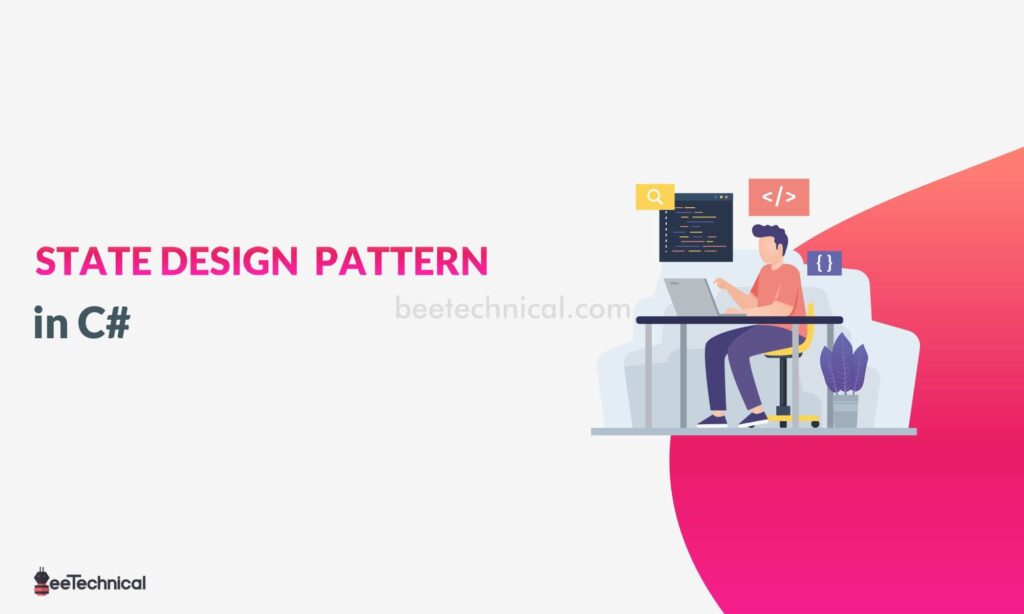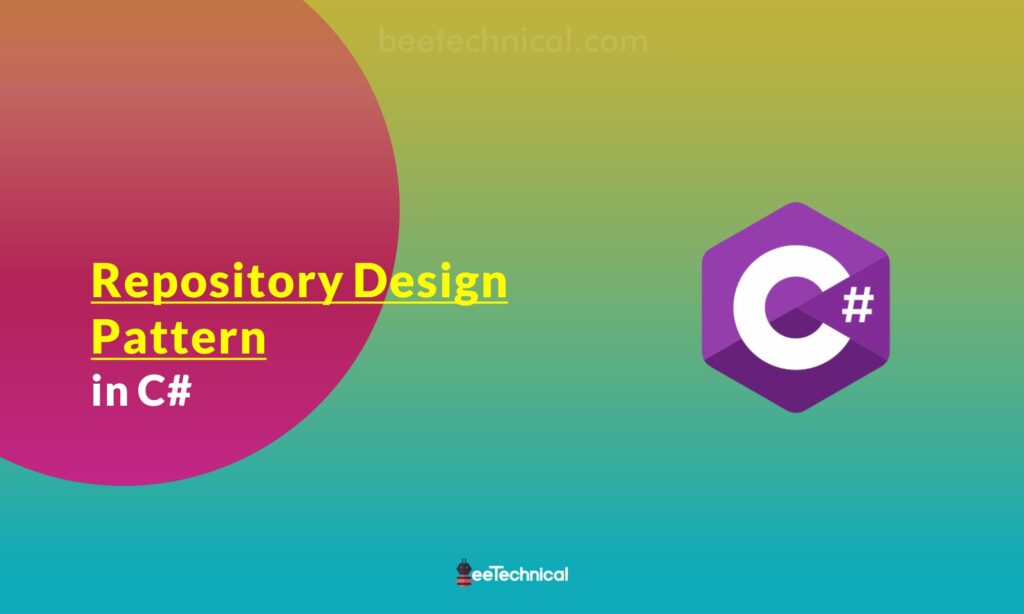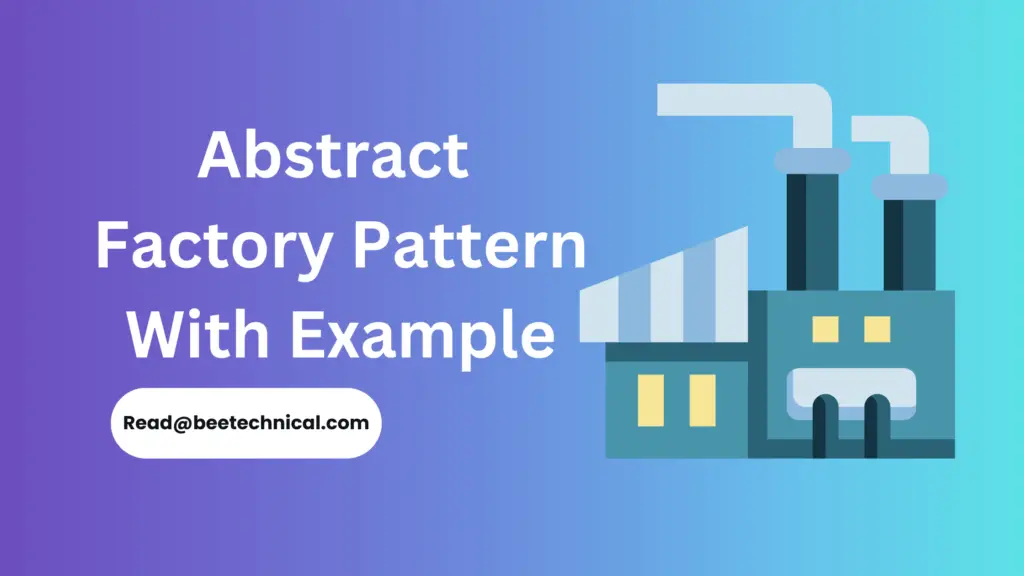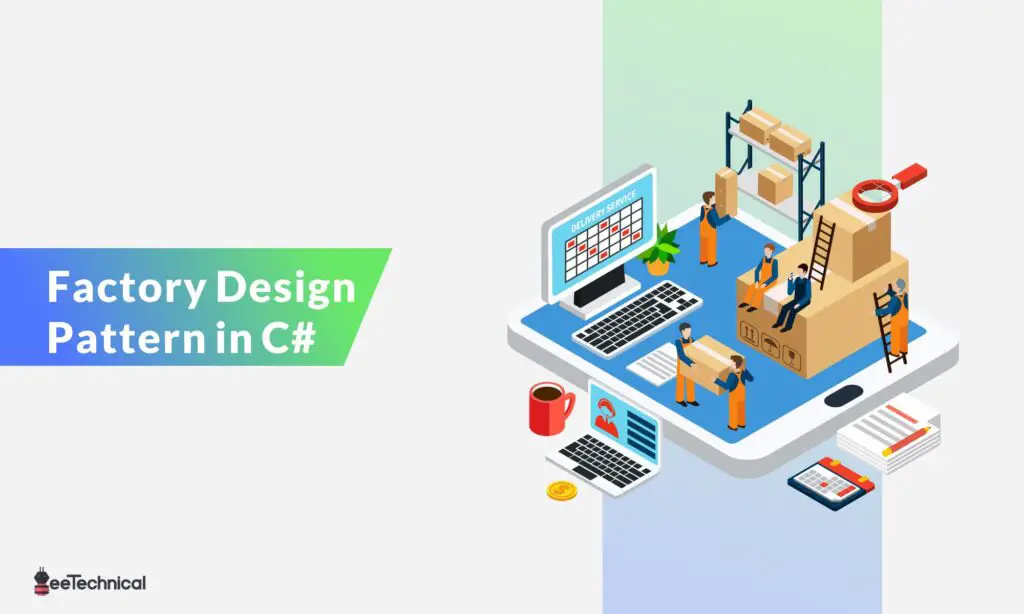MVP (Model-View-Presenter) and MVC (Model-View-Controller) are both architectural patterns used in software development to separate concerns and organize code.
In this article, we will try to understand the difference between them and see their usage with some examples.
MVP and MVC

MVP (Model-View-Presenter)
- Model: Represents the data and business logic.
- View: Presents the user interface and receives user input.
- Presenter: Acts as an intermediary between the Model and View, handling user input, updating the Model, and updating the View based on Model changes.
- The Presenter is responsible for updating the View and managing the interaction between the Model and the View.
MVC (Model-View-Controller)
- Model: Represents the data and business logic.
- View: Presents the user interface and displays data to the user.
- Controller: Handles user input, interacts with the Model to retrieve or update data, and updates the View based on Model changes.
- The Controller acts as a middleman, facilitating communication between the Model and the View.
The main difference between MVP and MVC lies in the interaction flow and responsibilities of the components. In MVP, the Presenter acts as an intermediary and handles user input, whereas, in MVC, the Controller plays this role.
Additionally, in MVP, the View and Model don’t directly communicate with each other but go through the Presenter, while in MVC, the View can communicate directly with the Model.
Conclusion
Overall, MVP and MVC both aim to separate concerns and promote maintainability and testability. The choice between them depends on the specific requirements and preferences of the development project.





